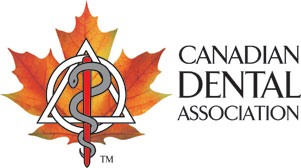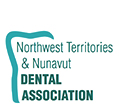If you have a cavity and it needs a filling, there are different kinds of fillings to do the job.
Your dentist cares about you and your oral health. If you have any questions or concerns about fillings, talk to your dentist. He or she will advise you on the type of filling that works best in your particular case, and inform you about the aesthetic and cost implications for each type.
There are several different types of fillings that can be used to fill a cavity, but the final decision on which type of filling is placed in your mouth is yours alone.
How Fillings Are Done
To fill a cavity, your dentist may first give you "freezing" (or local anesthetic), so you do not feel any pain. Your dentist then takes out all traces of decay, shapes the hole and fills it.
Most fillings are done in two ways:
- Direct Filling - These fillings go right into the cavity, after your dentist has cleaned out the decay. Amalgam (or silver) fillings and plastic (or white) fillings are examples of direct fillings. They harden quickly. Most of the time, you will be able to have a direct filling put in place in one appointment.
- Indirect Filling - Examples of this type of filling are crowns (or caps) and inlays. They are custom made in a lab to fit your tooth. Your dentist cements the filling in place. Most indirect fillings take two or more appointments to complete.
Dental amalgam is the best-known direct material. Cast gold alloy is the most durable indirect material. However, ceramics are gaining in popularity because of their longevity relative to other tooth-coloured materials.
Remember, your dentist is interested in you and your oral health. If you are concerned about having any particular dental restorative materials placed in your teeth, talk to your dentist and be a partner in decisions about your oral health care.
Health Canada's Role
One of Health Canada's jobs is to make sure that dental fillings and dental tools are safe. CDA supports Health Canada's role in making sure that Canadians receive the best possible care when they visit their dentist.
Visit Health Canada's Web site.











